Around the Dongsi area, right next to one of Beijing’s most peaceful traditional neighbourhoods, one building (among others, by the way!) does not quite fit in the hutong1 urban tissue. It is large, high (more than six storeys), ugly (composed of a very basic concrete structure) and it looks abandoned.
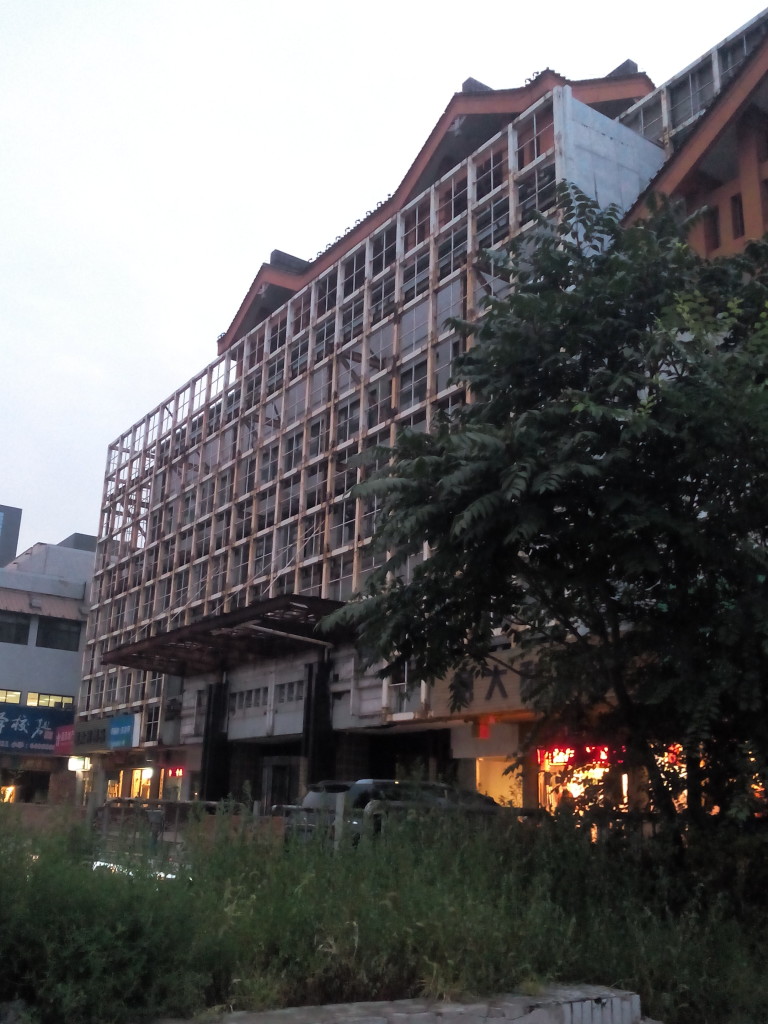
What I discovered is the former Wahaha Hotel, which used to look like this.
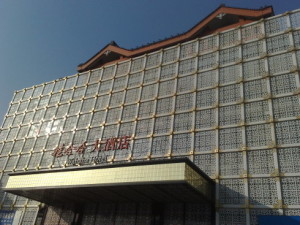
I found out that this hotel was part of the Longfu Temple area2, a commercial department store built from 1985 to 1988, famous for a serious fire that happened in the street behind the Wahaha hotel in 1993 and left a big ugly building abandoned for 20 years in a hutong area…
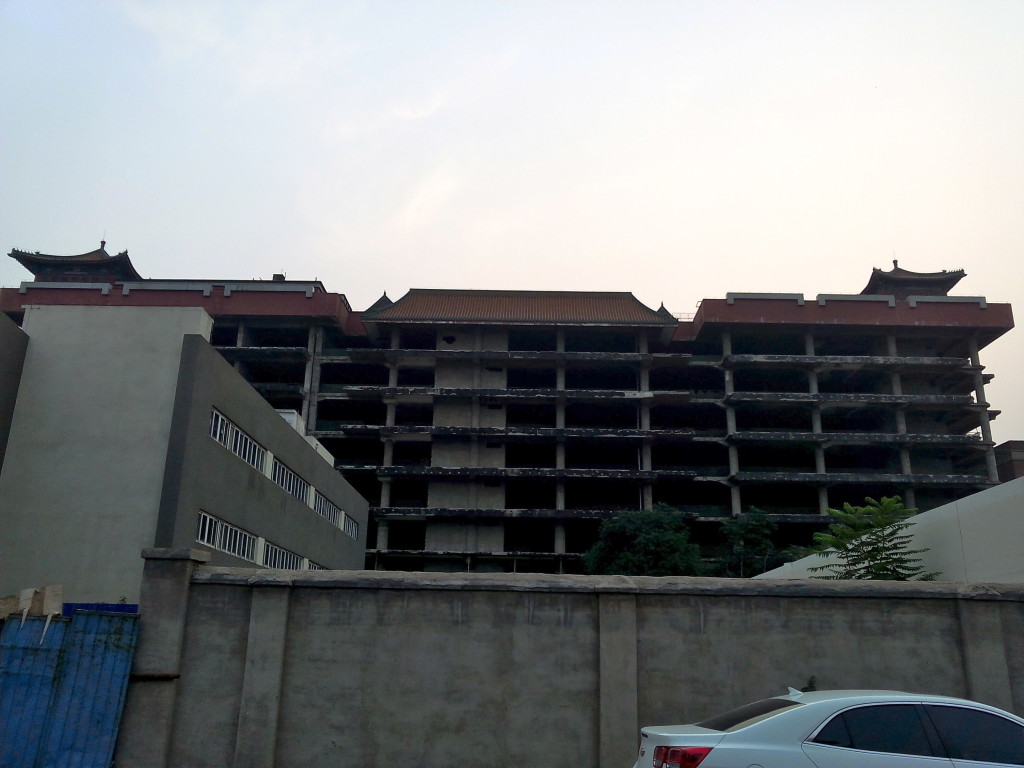
Yes that happens in China. Later on, in 2004, the commercial area was also semi-abandoned. The demolition plan for the place is partly motivated by the extention project of subway line 8 to Dongsi station. Moreover, in 2012, the plan for this area’s redevelopment was published, aiming at transforming the underground area into an exhibition hall and at rebuilding, on the surface, the former Longfu Temple. Going back to the Wahaha hotel in September 2015, I managed to get inside the hotel to take pictures but I had to organize a second visit as I did not bring a flashlight. The building itself is not special: an ordinary luxury hotel just like any other in China, with golden tones revealing the absence of subtle taste.
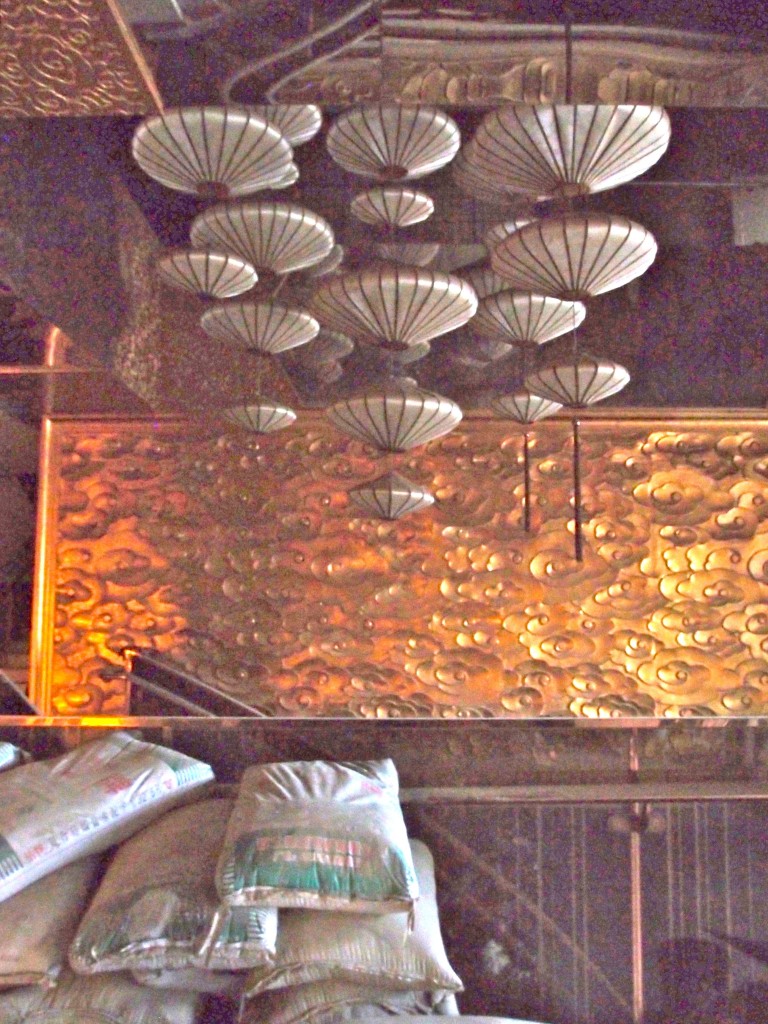
Nevertheless, two interesting elements can be quite worth taking a few pictures before the place disappears, among which this psychedelic vision.

Different floors, different demolition phases
First of all, one can spot the current stage of demolition as the upper levels of the hotel have been demolished while the lower parts are still standing. Contrasts can be quite striking. The upper floors are a mess of debris everywhere.


The lower parts of the hotel still have decorations on the walls.
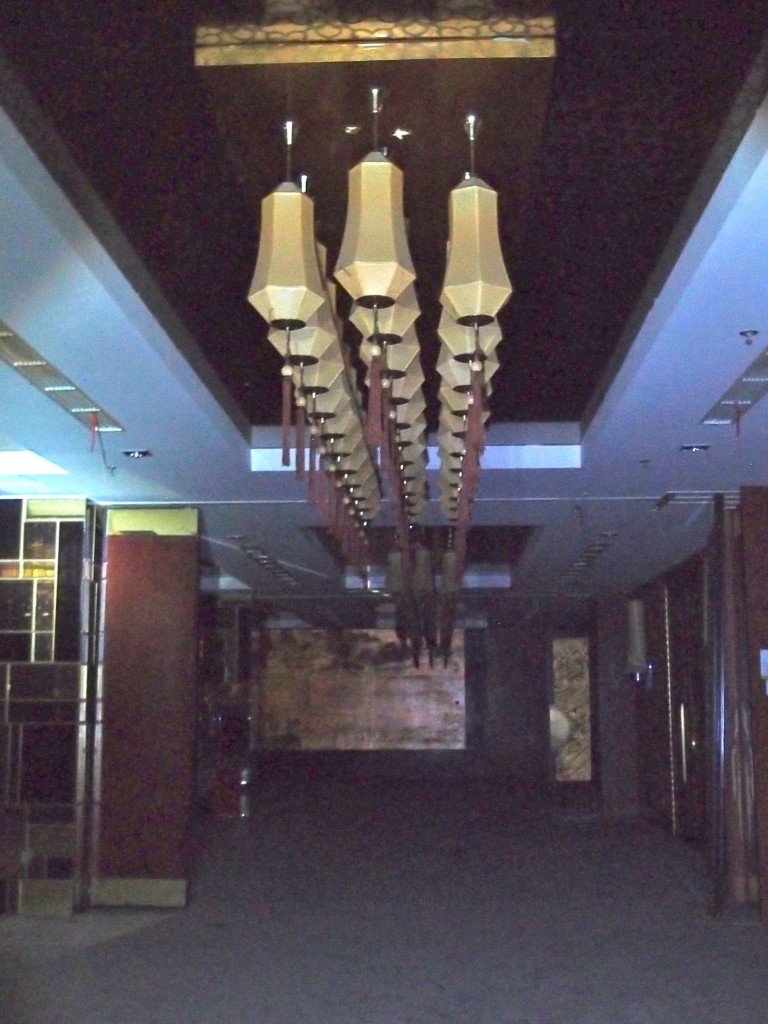
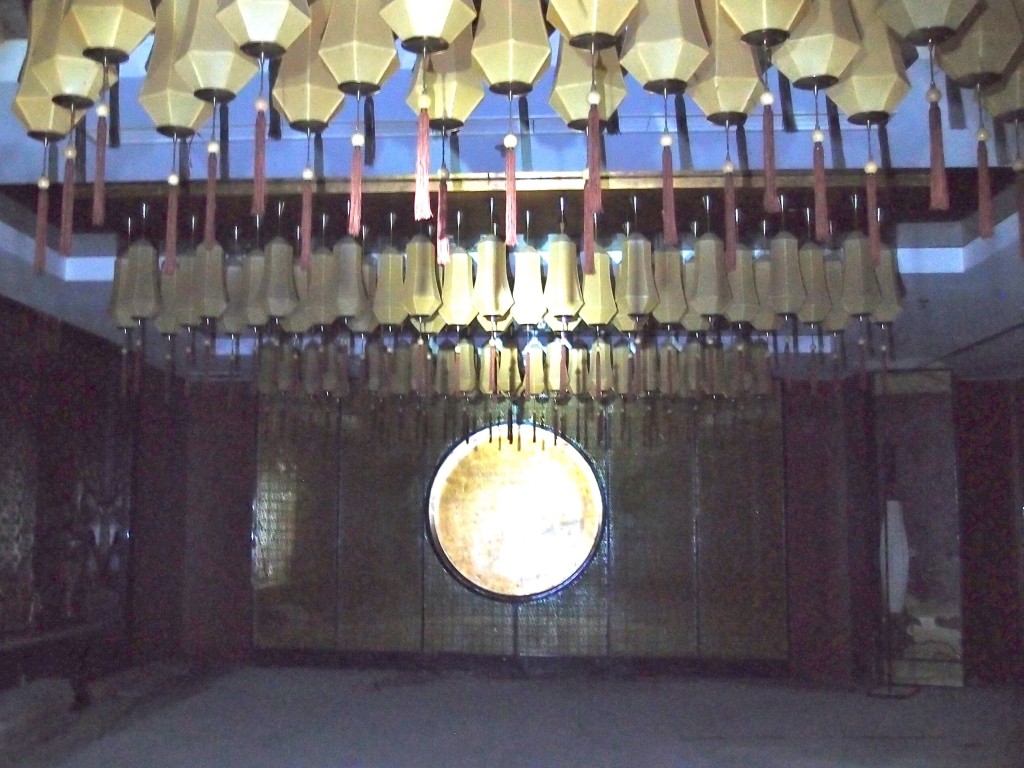
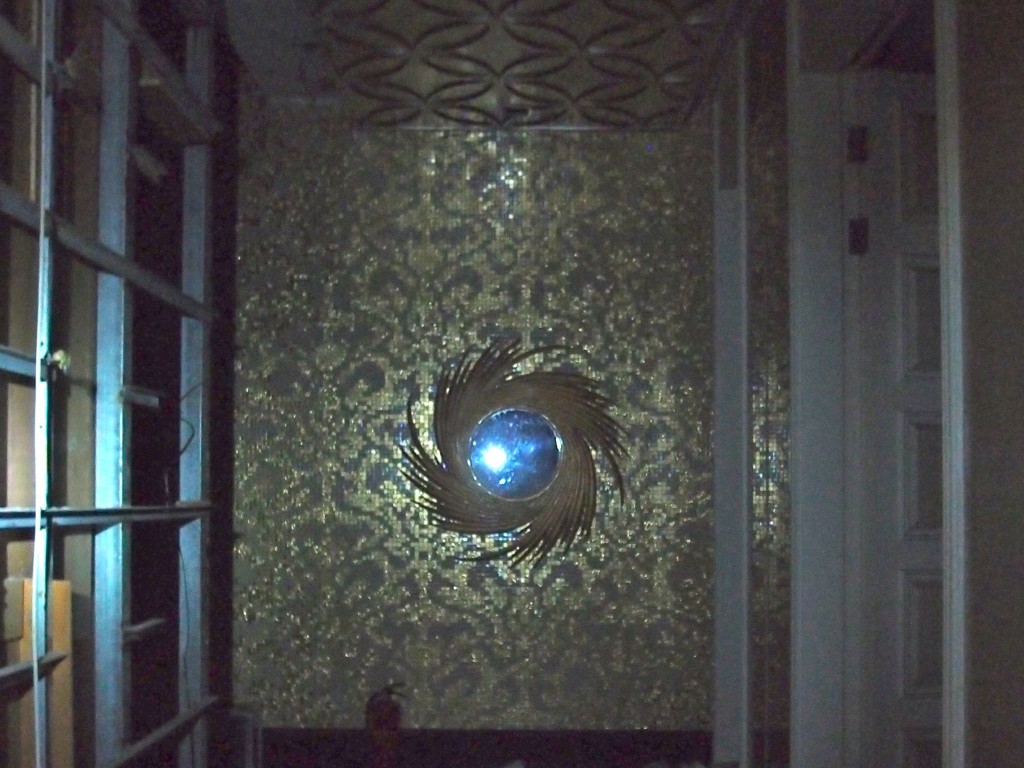
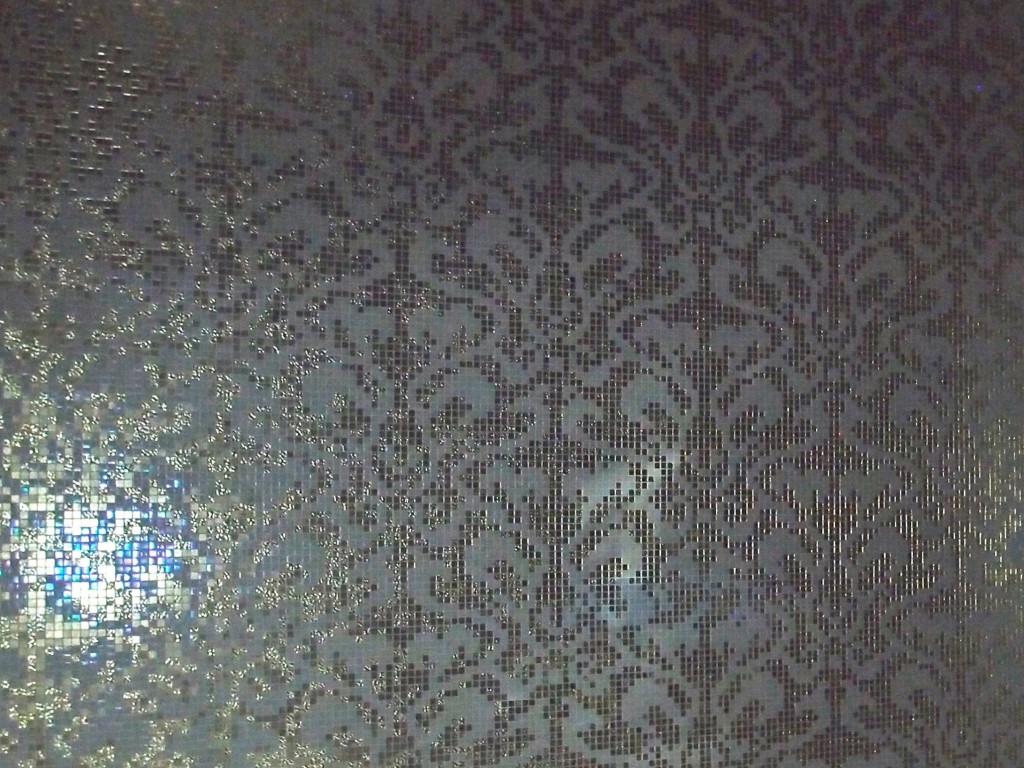
A very unusual use of the restaurant room: the workers’ dormitory
The most interesting discovery was by far the very unusual way the restaurant room was turned into the workers’ dormitory.
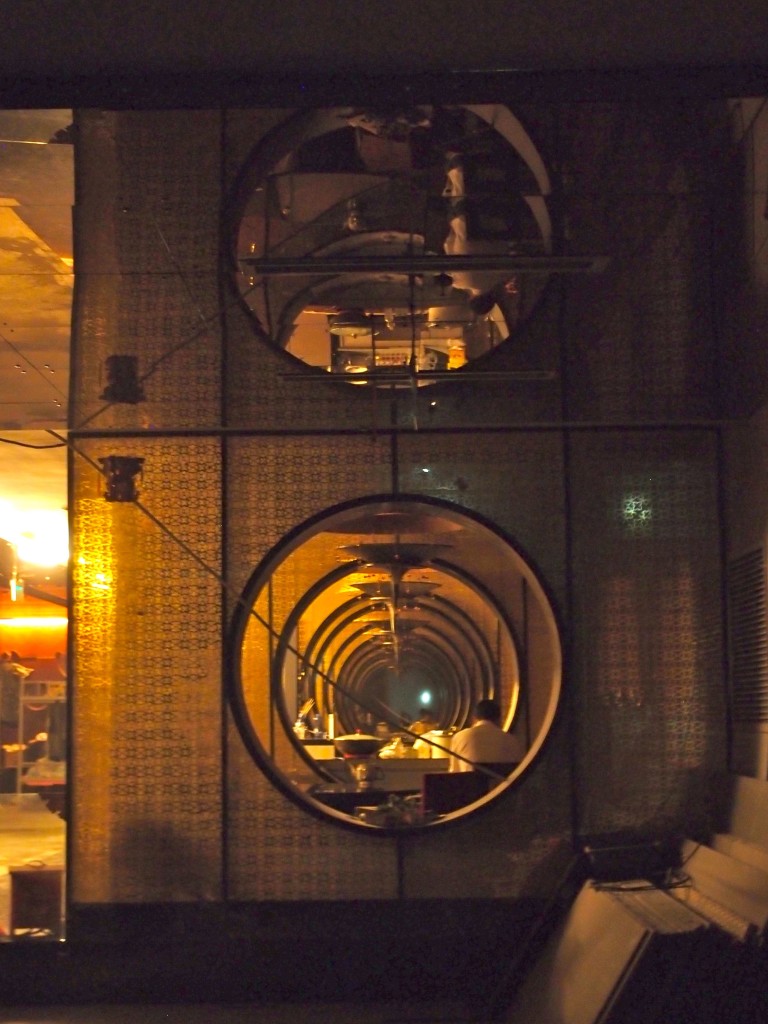

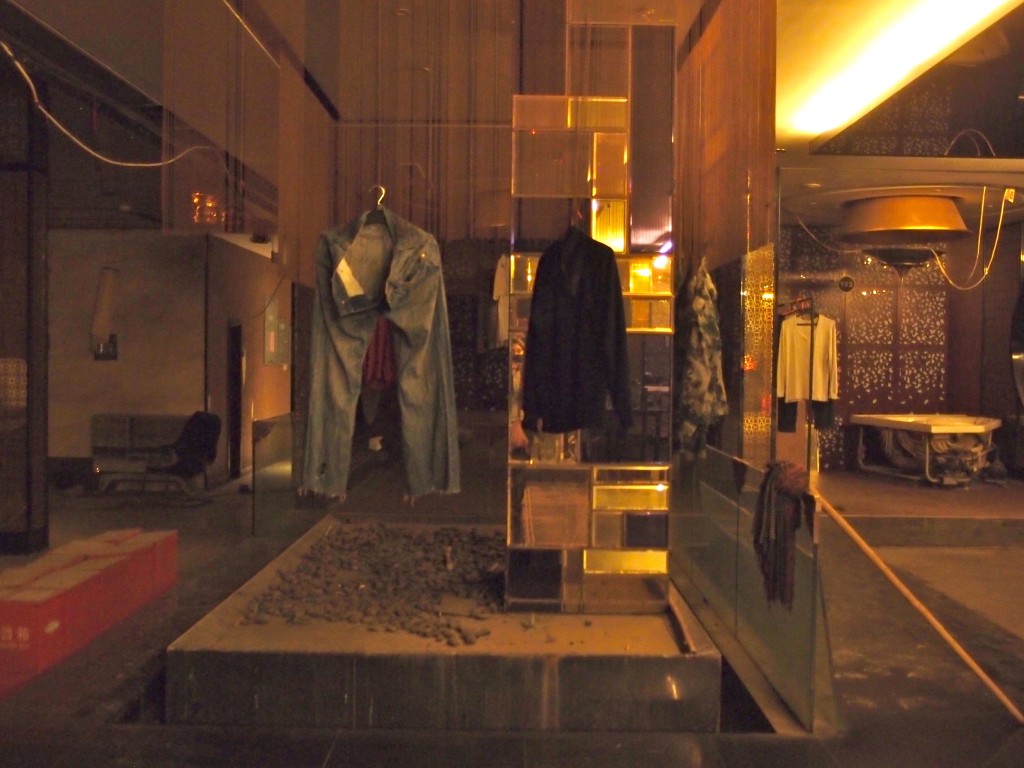
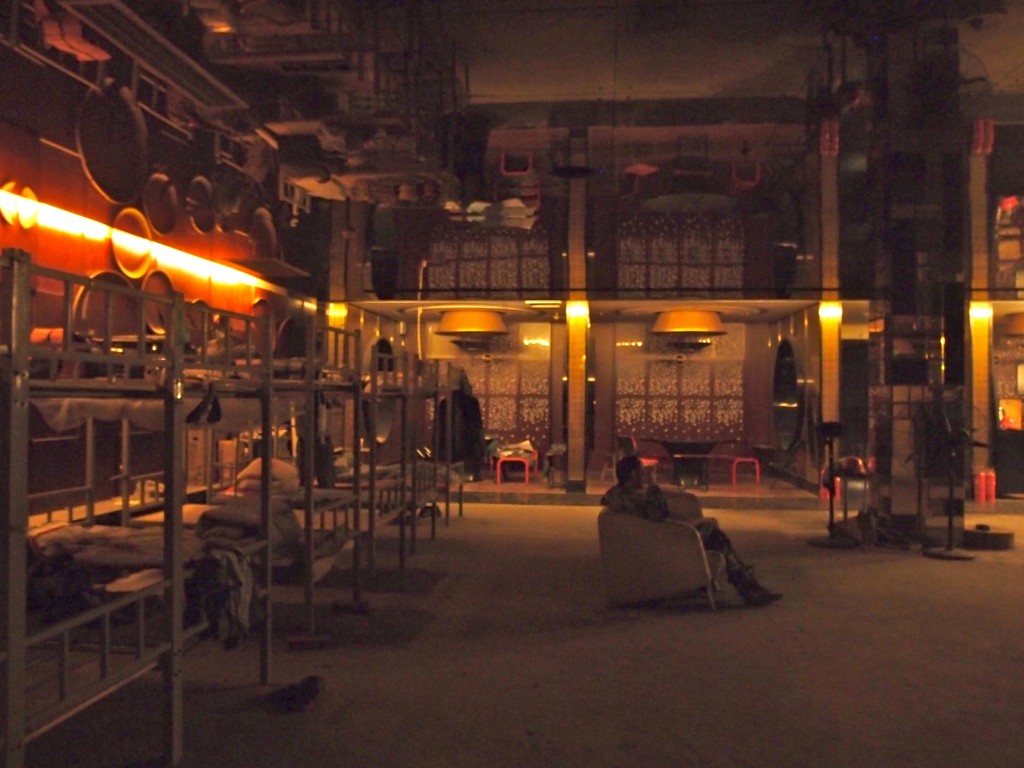
N.B. Pour une traduction française de cet article, cliquer ici.

One thought on “Wahaha Hotel / 娃哈哈大酒店”